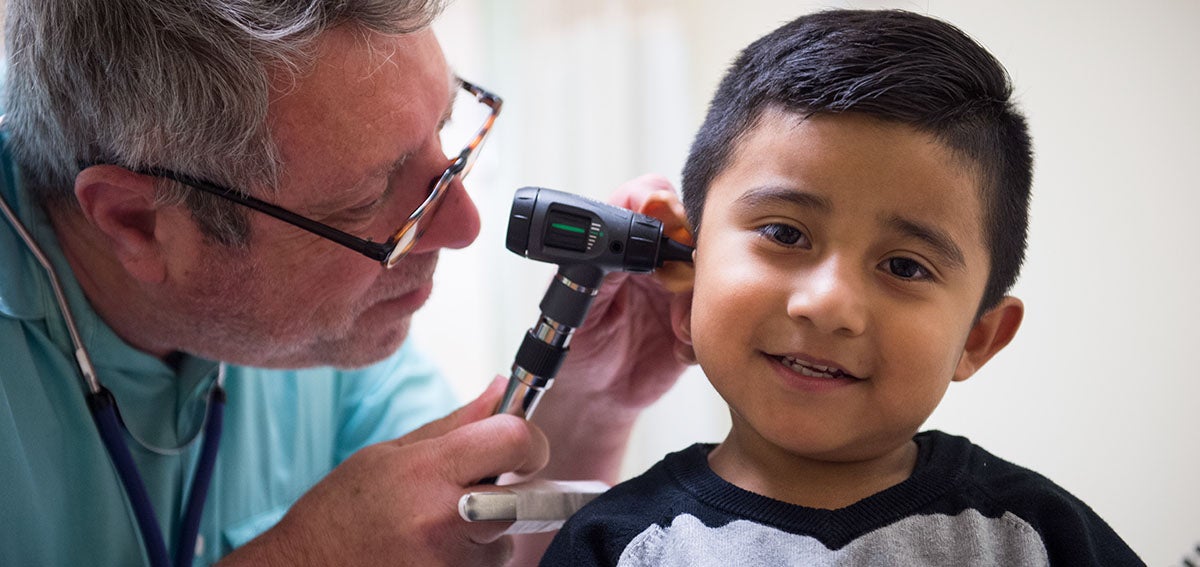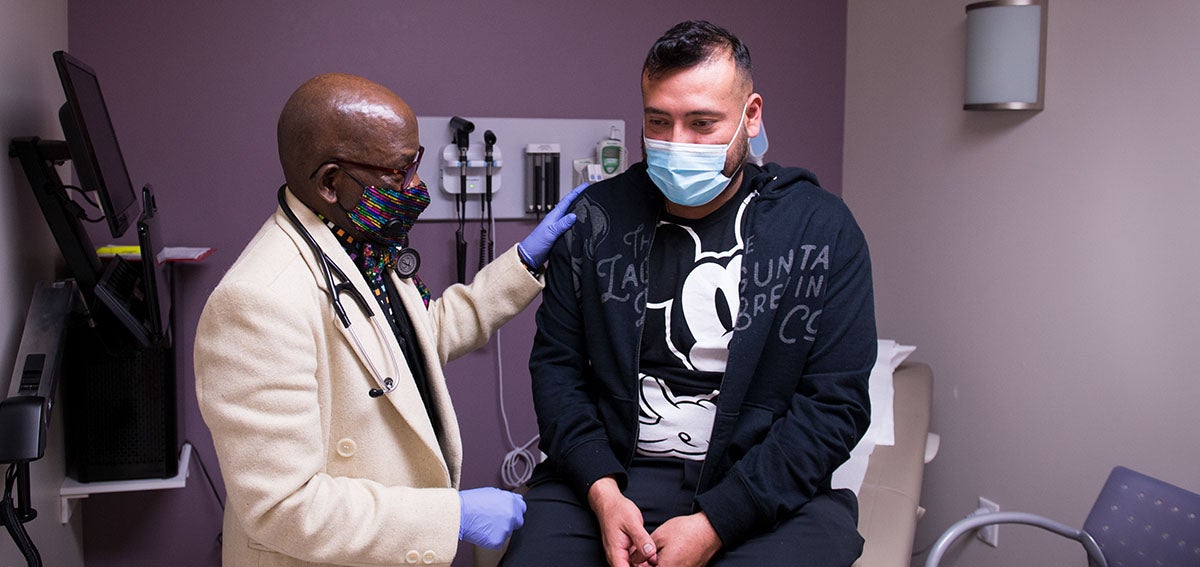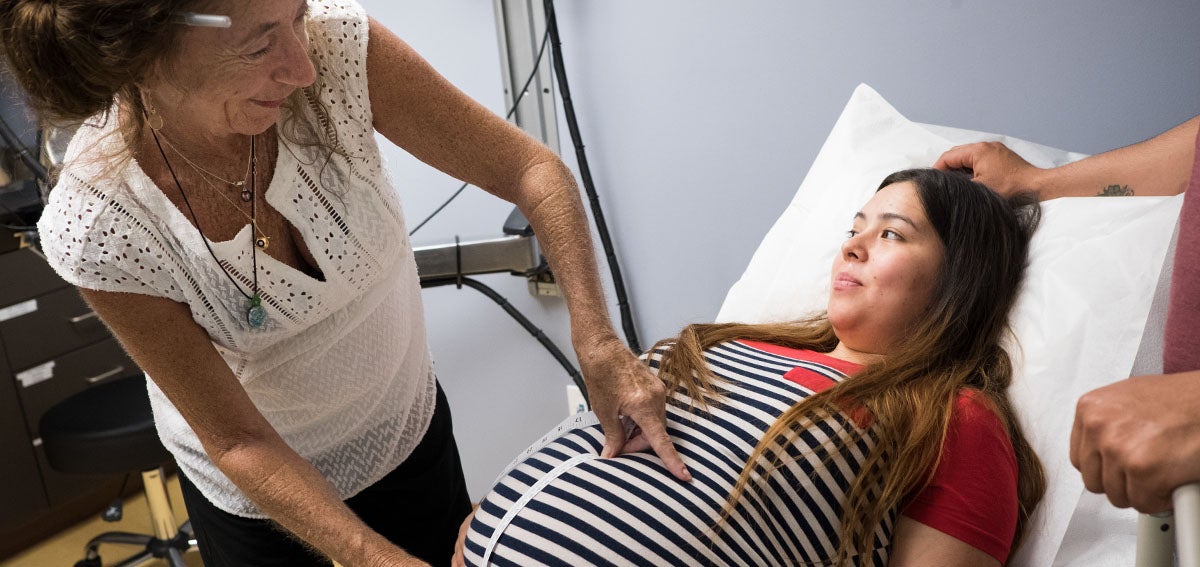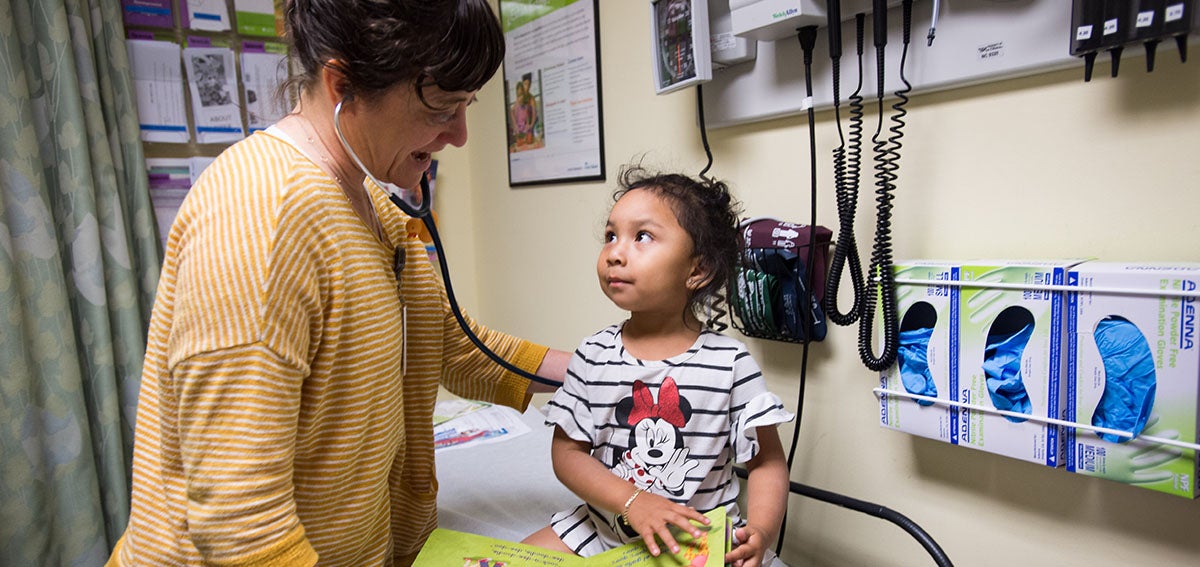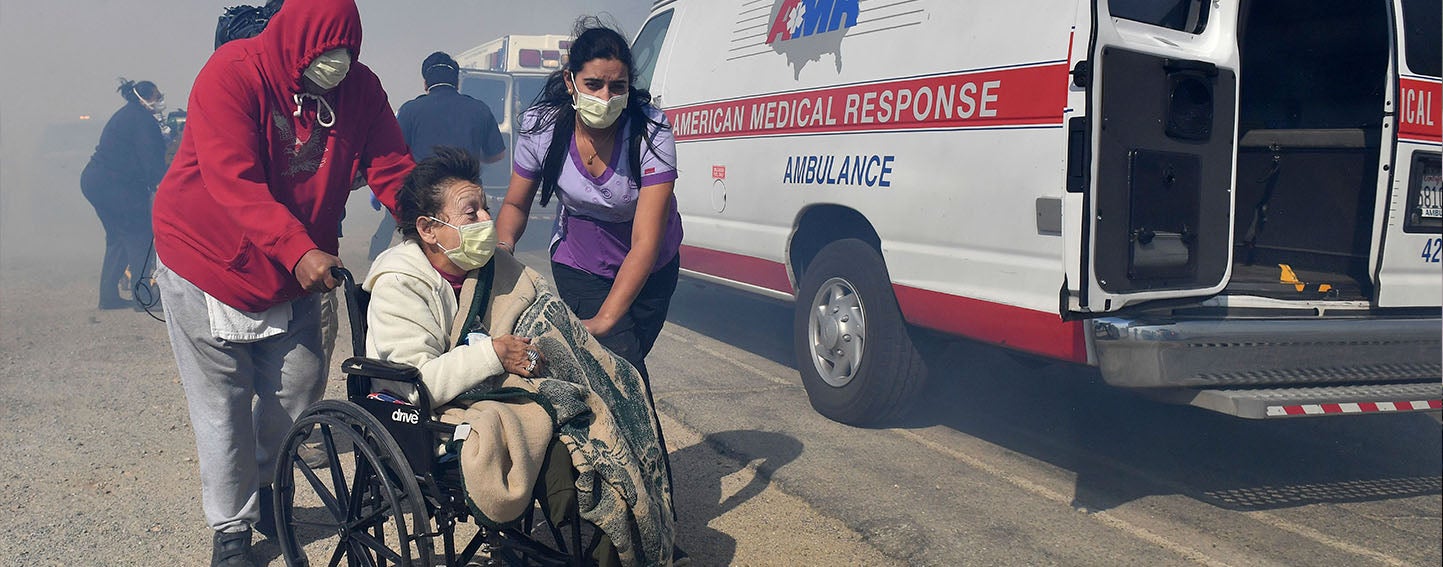
More than 80,000 acres of California have burned since the Kincade, Tick, Getty, and other wildfires erupted last month. Millions of Californians are dealing with unpredictable, dangerous, and smoky conditions complicated by the massive power shutdowns aimed at preventing faulty power company equipment from sparking more blazes. As first responders, state agencies, and local nonprofits work around the clock to fight fires and help displaced people, California health care organizations are grappling with how to operate in what former governor Jerry Brown called “the new normal” in an interview.

Hospitals and clinics in the US are wholly dependent on the aging electrical grid to provide services. They need “power to run everything from ventilators to electronic health records, to ferry patients via elevator through hospitals, refrigerate medications, and countless other tasks,” Nicole Wetsman wrote in The Verge. A planned blackout might confront health care facilities administrators with a wrenching choice: “Do you keep your refrigerator full of vaccines running,” Wetsman asked, “or do you keep the community’s electronic health care records online? Your backup generator can’t do both.”
State and federal law requires health facilities in California to have 72 hours of backup power available, but generators can be vulnerable during disasters and may be able to provide only limited power. Those laws don’t apply to community health centers, and a recent survey of California community health centers by Direct Relief, a Santa Barbara–based nonprofit group focused on disaster preparedness, revealed that only 44% have a backup energy source available.
In Northern California, the first round of Pacific Gas & Electric (PG&E) public safety power shutoffs was implemented on October 9, with power restored to 100% of affected customers by October 12. But only a week and a half later, PG&E ordered a second round of power shutoffs in anticipation of strong wind gusts that could increase the potential for rapid fire spread. As Brown warned, these blackouts may be par for the course in today’s California. Are health care organizations prepared?
Considering the Trade-Offs
Some facilities have figured out workarounds during the power shutdowns. When PG&E informed Winters Healthcare, which has a medical and dental clinic 30 miles west of Sacramento, that its clinics were within the blackout zones, executive staff members had to make quick decisions. PG&E “said we could be down 24 to 48 hours, and it might be five days,” Winters Healthcare Executive Director Christopher Kelsch told Wetsman. “It’s hard to know what to do.”
Ultimately, they decided to close the dental clinic, use their backup generator to power the electronic health record system, and send temperature-sensitive vaccines to a nearby health facility unaffected by the outage, Direct Relief reported.
When some of LifeLong Medical Care’s Oakland clinics lost power, staff moved vaccines and medications to a nearby hospital, and a clinician kept each office open in the dark. “Service would be limited, and there’s no light . . . [but] our patients rely on us to be open when we are needed,” Kate Lewis, LifeLong’s director of operations, told Direct Relief.
Other facilities have had to suspend operations due to the wildfires or power shutoffs. Tara Bannow reported in Modern Healthcare that Kaiser Permanente’s Sylmar and Porter Ranch medical office buildings had to temporarily close in early October because of wildfire smoke. In Northern California during the first round of PG&E shutdowns, elective surgeries were rescheduled at Kaiser’s Santa Rosa hospital.
For the Most Vulnerable, the Added Threat of Fire
California’s wildfires have also been disruptive — and in some cases, deadly — for residents, especially those with medical conditions requiring electrical equipment. As Gabrielle Paluch, Michele Chandler, and Gabrielle Canon reported in the Palm Springs Desert Sun, “one man dependent on electrically powered oxygen equipment died 12 minutes after PG&E shut down power to the rural Sierra Nevada foothills hamlet of Pollock Pines east of Sacramento.” And patients with chronic kidney disease, who rely on as many as three dialysis treatments per week to stay alive, have had to scramble to relocate their care when their regular dialysis center has no power.
“Patients with chronic kidney disease, who rely on as many as three dialysis treatments per week to stay alive, have had to scramble to relocate their care when their regular dialysis center has no power.”
Older adults may need more time or support to prepare for power outages or to evacuate. On The RAND Blog, senior behavioral scientists Joie Acosta and Regina Shih (no relation to this author) wondered if planned power outages may be doing more harm than good. “With the large and growing population of older adults [in California], an expected increase in the frequency and intensity of hot days due to climate change, and the possibility that power outages can last for up to five days,” they wrote, “planned power outages to prevent wildfires could have grave public health implications for older adults.” A toolkit from the RAND Corporation aims to build older adults’ resilience during natural and human-caused disasters by bridging public health and aging-in-place efforts.
In agriculture-rich California, farmworkers are also vulnerable during wildfires. “October marks not only fire season in California, but also the peak of the grape harvest,” Anna Maria Barry-Jester wrote in California Healthline. “In areas [of Sonoma County] not imminently threatened, some workers labored through the heat and dangerous smoke to retrieve some of the hundreds and thousands of dollars worth of grapes that had yet to be harvested. As the fire continues to spread, many now are finding that their work — and paychecks — have been suspended.”
How to Breathe Easier
The long-term health impacts of smoke exposure on affected populations are unknown because insufficient data have been collected. But as the frequency of California wildfires increases, epidemiologists are doing long-term studies on sporadic events. Researchers at UC Davis are studying Bay Area women who were pregnant at the time of the 2017 Atlas Fire to understand the impact of wildfire smoke on mothers and babies, Catherine Ho reported in the San Francisco Chronicle. In another UC Davis study, researchers are focusing on the general population to learn whether wildfire smoke correlates with respiratory problems, mental health issues, or sleep problems.
With so little known about the impacts of smoke exposure, health experts recommend that people living in areas with poor air quality stay indoors with doors and windows closed. You can check current conditions at AirNow.gov, which was developed by the US Environmental Protection Agency, National Oceanic and Atmospheric Administration, National Park Service, and tribal, state, and local agencies.
If you must venture outside in unhealthy conditions, consider wearing a certified “N-95” or “P-100” mask, which can filter out particulates. However, note that these masks must fit and seal properly to be effective — this means they are not suitable for people with facial hair or for children. “There are lots of sites . . . that will sell you masks for children, but in general, we don’t recommend people get the over-the-counter masks, because they don’t tend to work very well,” Nelson Branco, a pediatrician in Marin County, told Jenny Jarvie of the Los Angeles Times.
How You Can Help People Dislocated by Wildfire
There are many ways to help those who have been affected by California wildfires. Northern California Grantmakers (NCG) has a compilation of vetted wildfire relief and recovery funds. You can also view a recording of NCG’s recent webinar on what is needed from philanthropy during and after the Northern California wildfires, and a recording of the webinar on supporting immigrant communities after a disaster, produced by the Center for Disaster Philanthropy and Grantmakers Concerned with Immigrants.
How is your community responding to the recent wildfires? Email me.
Authors & Contributors



